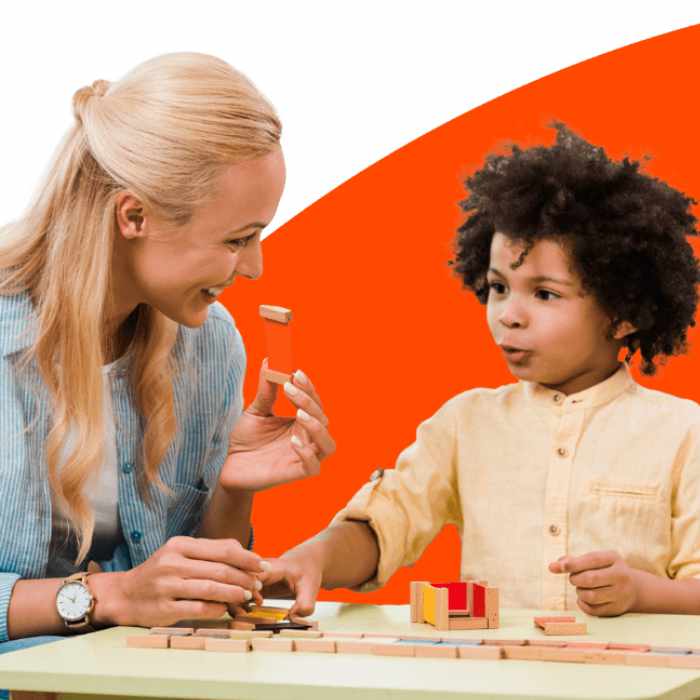For organisations like Newcross that provide children’s care services, ensuring the safety and well-being of every child is extremely important. One of the best ways to ensure safety within childcare is safeguarding – an all-encompassing strategy for preventing harm to children and guaranteeing their healthy development.
In this blog post, written by Tracy Wiginton, Operations Director who heads up Children Services here at Newcross, we will explore the significance of safeguarding in childcare settings and how it plays a crucial role in providing quality care for children with diverse needs.
Understanding Safeguarding
Safeguarding is not just a set of policies and procedures; it is a comprehensive approach that involves creating a safe and secure environment where children can thrive physically, emotionally, and mentally. This includes protection from abuse, neglect, exploitation, and any other form of harm that could impact their development. At Newcross Healthcare, we recognise the unique challenges children face, ranging from complex care needs to learning difficulties and struggles with mental health. Safeguarding is an indispensable aspect of our care services.
Creating a Safe Environment
Children in care settings should feel safe and secure, allowing them to focus on their growth and development. Safeguarding practices establish a protective barrier around these vulnerable individuals, ensuring that their physical and emotional well-being is prioritised. Whether a child is receiving care for complex medical needs or navigating the complexities of learning difficulties, safeguarding measures contribute to creating an environment where they can flourish.
One way in which we ensure a safe environment for children we care for is through our work with regulators and public bodies. With Ofsted, CQC, SCW and SSSC, we can ensure our standards are in line with all governing bodies. Our experienced workforce have excellent safeguarding training and support children across the country.
Preventing Abuse and Neglect
Childhood should be a time of joy, exploration, and learning. However, vulnerable children may face unique challenges that require specialised care. Safeguarding ensures that staff members are well-trained to recognise signs of abuse or neglect and respond appropriately. By fostering a culture of vigilance and awareness, we can actively prevent harm and intervene when necessary, safeguarding the children in their care from potential risks.
Promoting Open Communication
Effective safeguarding relies on open communication channels among staff, parents or guardians, and the children themselves. As part of our children’s services, we prioritise transparent communication to create an environment where concerns can be raised and addressed promptly. Everyone involved in a child’s care can work together to guarantee their safety and wellbeing by maintaining a trusting environment.
Continuous Training and Education
In a rapidly evolving healthcare landscape, staying informed about the latest safeguarding practices is crucial. We recognise this and have invested in continuous training for our staff across all key care services. By equipping caregivers with up-to-date knowledge and skills, we can ensure that carers are well-prepared to meet the diverse needs of the children under their care, while also adapting to any emerging challenges to safeguarding.
Conclusion
In childcare settings, safeguarding is not merely a regulatory requirement, but a moral imperative. It is the unwavering commitment to creating an environment where children can grow, learn, and thrive without fear. Our dedication to safeguarding reflects our understanding of the unique challenges faced by children with varying care needs. By prioritising safety, open communication, and continuous education, we can ensure that every child receives the care and protection they deserve, setting the stage for a healthier, happier, and more fulfilling life.











